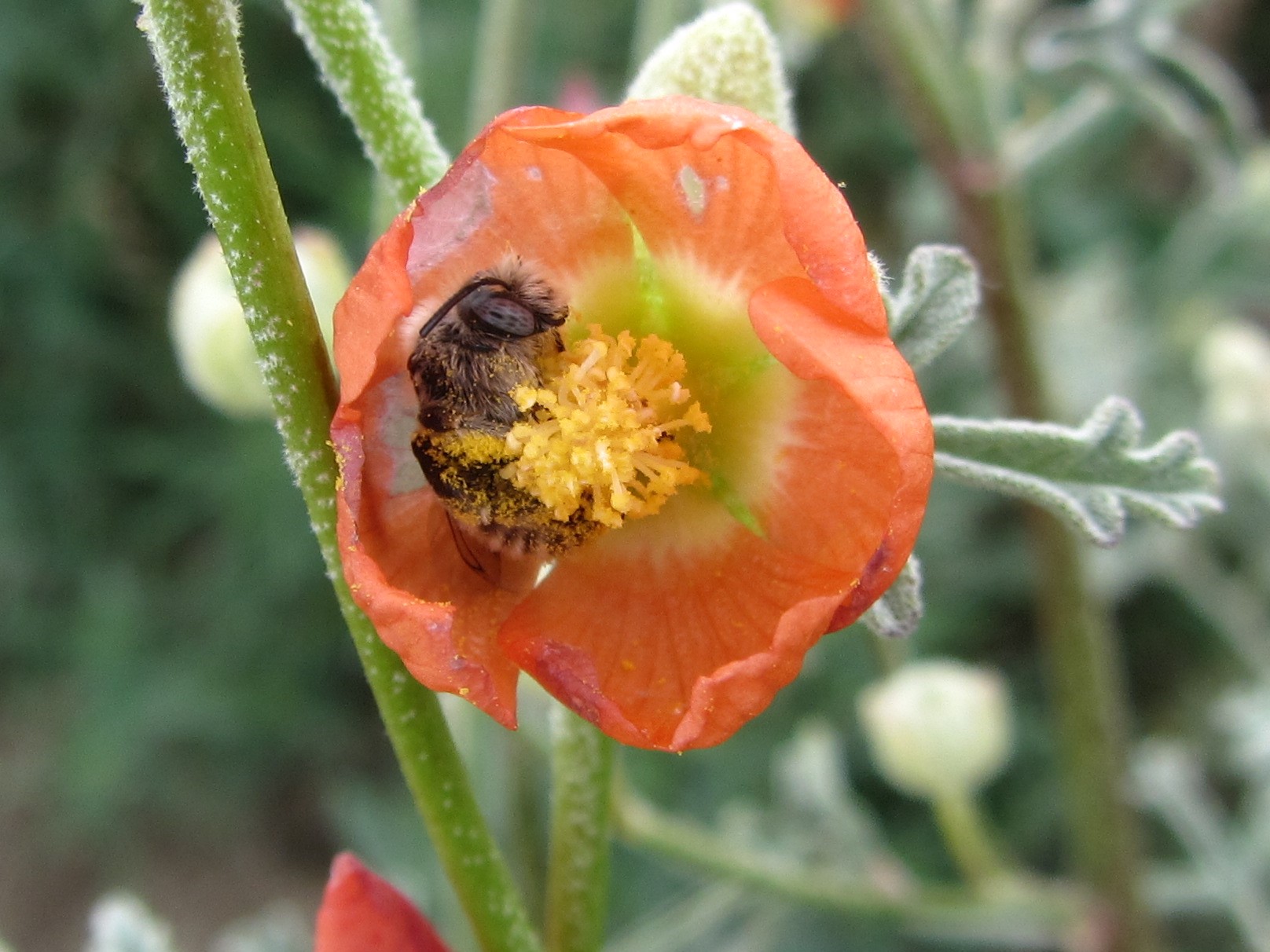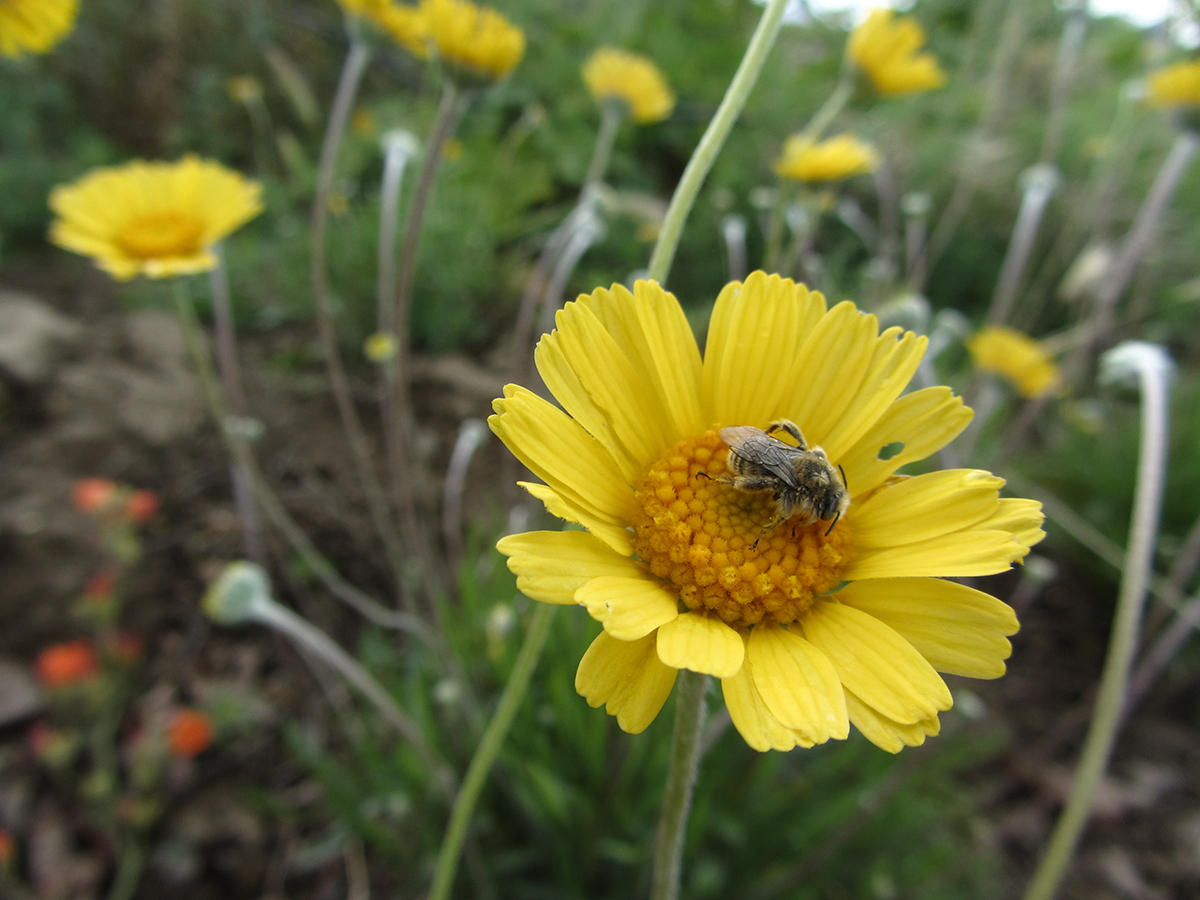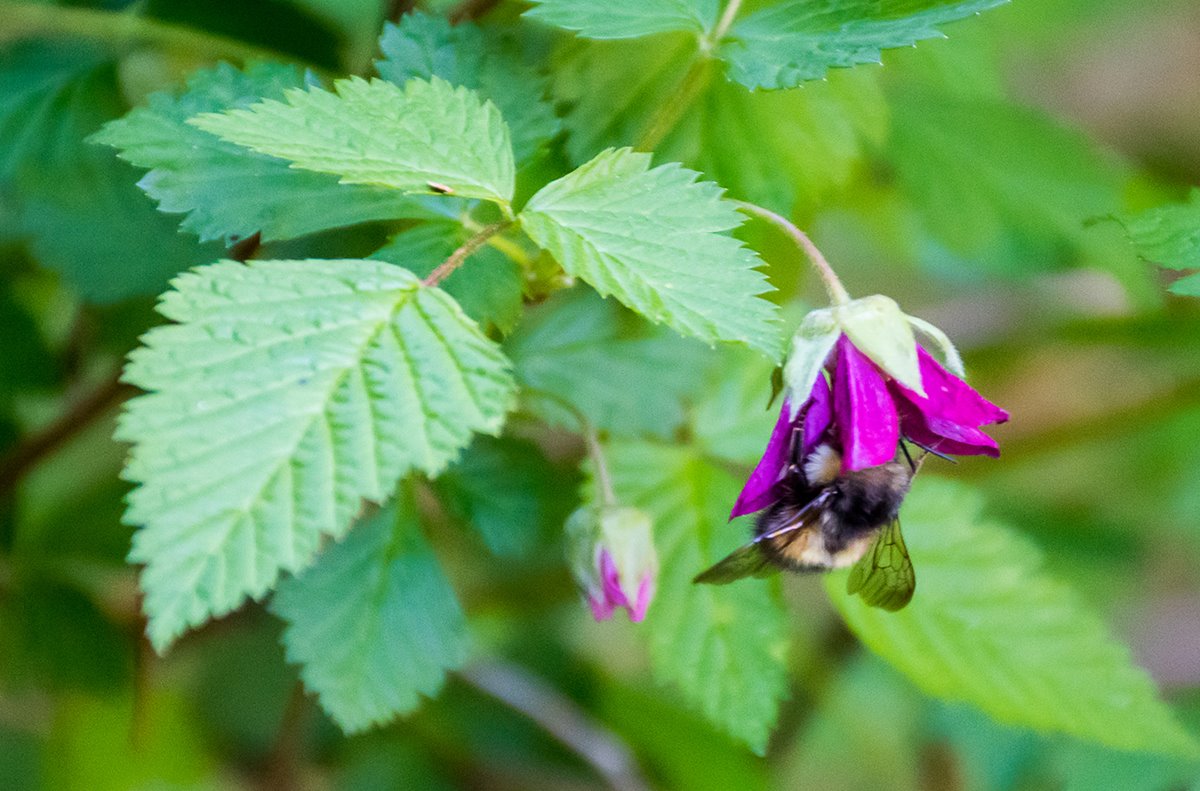What is the Washington Bee Atlas?
The Washington Bee Atlas (WaBA) is a WSDA Pollinator Program project that trains and partners with volunteers to identify and map existing native bee species in every county in the state. Volunteers commit to training and are provided supplies to collect native bees and process the specimens. The WSDA pollinator taxonomist then identifies the bee specimens and provides the data to the public, including researchers, agricultural stakeholders, and conservation groups. We plan several group collecting events each year, but volunteers are encouraged to collect independently as well after they have been trained.




